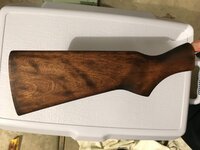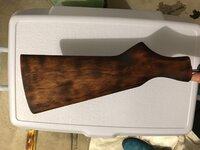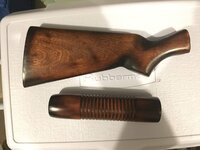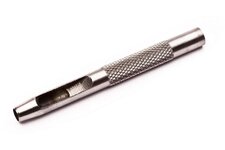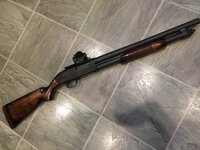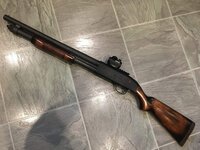If you can drill a hole from inside the cutout area, I would try and pin it along with some glue in the crack.
I have used bamboo skewers as the pin material as it's got a grainy surface and is a real tough material.
Pick a drill bit with a slightly larger diameter and drill a hole from inside the cutout diagonally across the grain near the end of the stock.
Don't drill out the other end unless you don't care about appearances. I use a syringe type applicator for injecting glue into the hole.
Gorilla glue is a great adhesive but reacts to moisture when setting up, so any moisture present will make it expand considerably out of the joints.
This is what I was thinking. In my work with wood (such as building/repairing slingshots) in the past, to fix a damaged fork, and to make it as strong or stronger than the original wood, I would drill it, pin it and use 2-part epoxy for the repair, likely with a little bit of wood dust (from sanding, the same color as the wood being repaired) mixed in the epoxy. Seemed that type of repair held up best under stress. But what @jbett98 recommending regarding drilling and pinning is exactly what I was going to recommend. It will make for a very strong repair.







